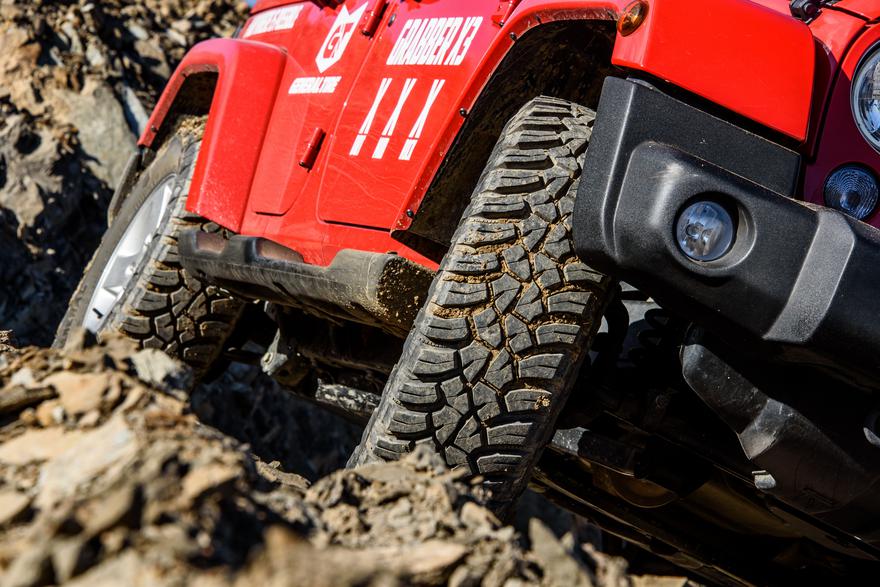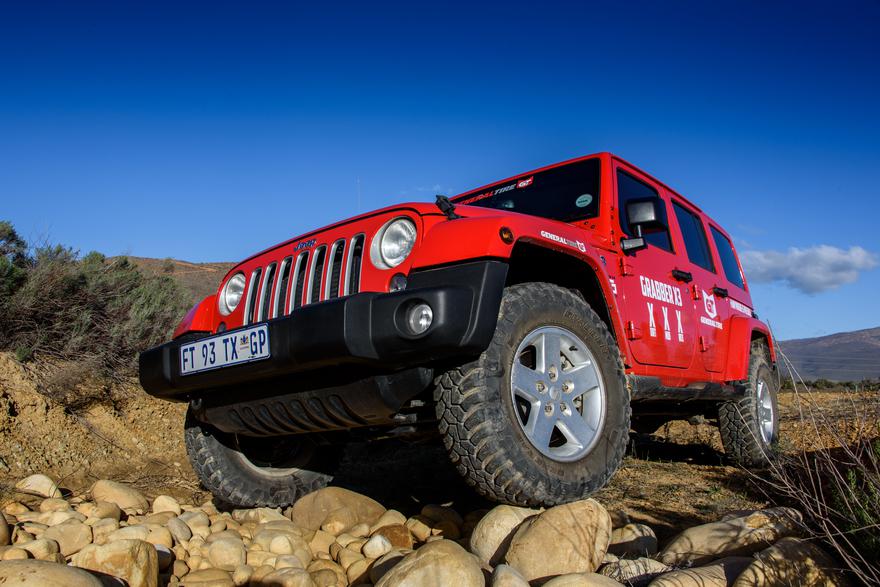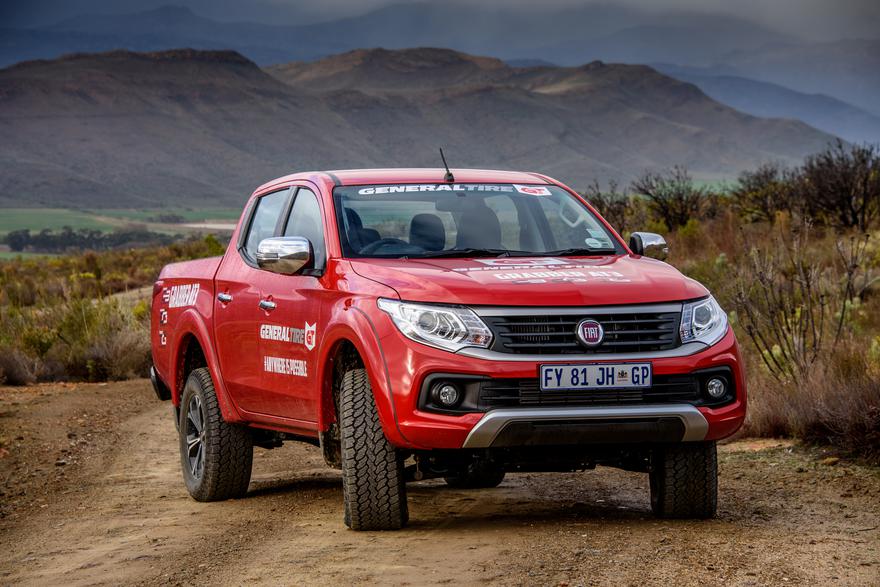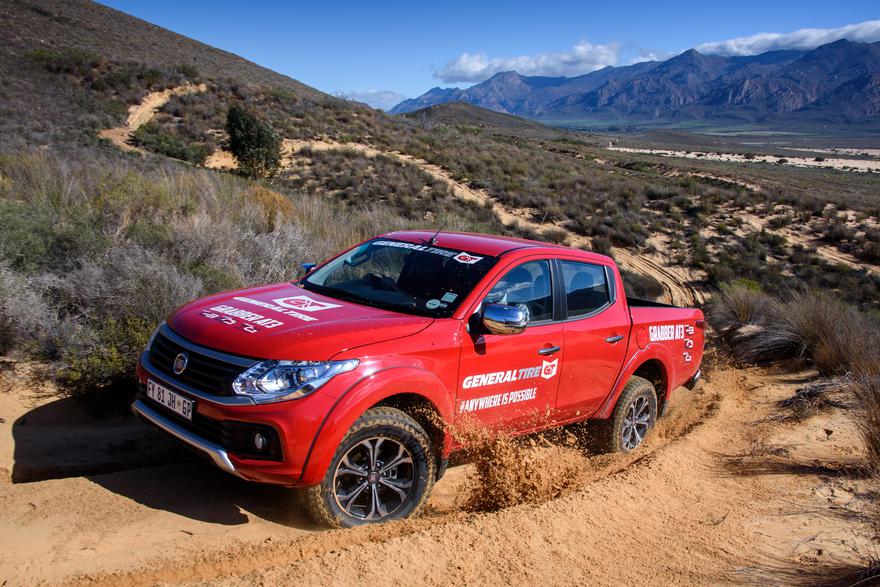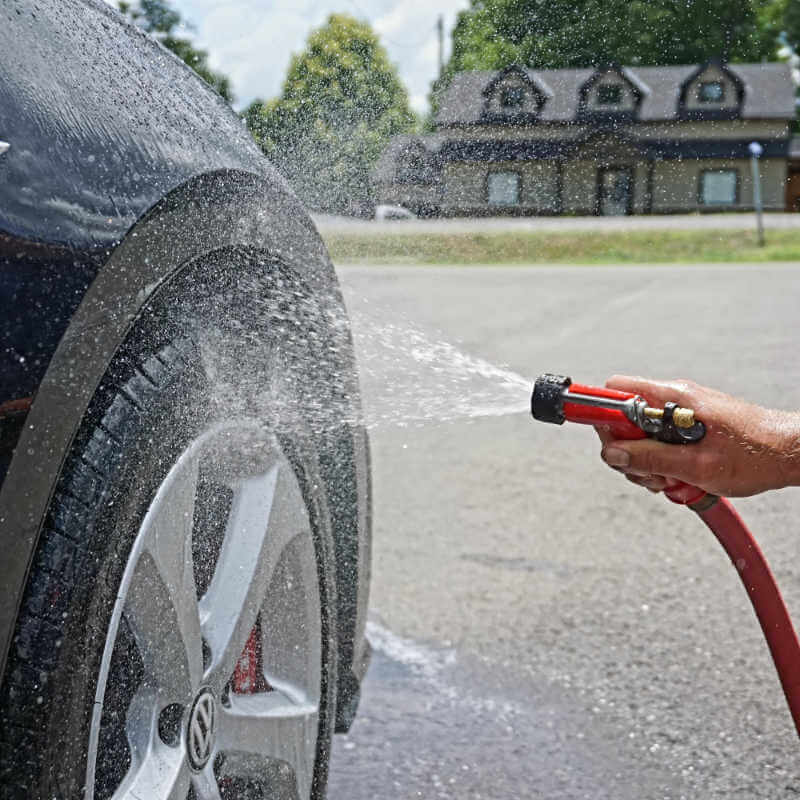Off-roading for beginners and advanced drivers
The sports utility vehicle (SUV) and pure off-roading vehicle segments have been growing in popularity for years, particularly in outdoor-oriented South Africa where leisure and adventure activities abound thanks to the wide-open spaces and favourable climate. All these vehicles are characterised by their comparatively high ground clearance, and generally have a permanent or switchable four-wheel drive system, which is often necessary when heading off paved roads.
To have loose and unpredictable surfaces such as gravel, sand, mud or rocky terrain under control at all times, off-road beginners, in particular, should always observe a few basic rules. After all, unlike on public roads, there is typically no breakdown service to pull you out of trouble or get damaged vehicles running again within a short period of time.
Off-road operations are traditionally a main focus of General Tire. The American tyre brand is regarded as an expert in 4×4, and is owned by Continental. “Automotive manufacturers know that many of their vehicles never drive off the road,” explains Ryan Visagie, Product Communications Manager at Continental Tyre SA. “So SUVs are increasingly being fitted almost exclusively with purely on-road tyres at the factory, and this is even true of some off-road vehicles and pickups, where tyres biased towards on-road use are fitted. The problem is that these tyres aren’t sufficiently damage-resistant, and they also can’t interlock sufficiently with loose surfaces.”
Accordingly, if you are planning on driving off-road, choose the tyres that are best suited to the application. General Tire has an extensive range of SUV, all-terrain and extreme 4×4 tyres in their product line that offer exceptional performance, both on and off the road.
“All-terrain tyres like the award-winning Grabber AT3 meet the everyday requirements of modern SUVs, pickups and off-road vehicles, with the advantage of an excellent drive and braking performance, even on loose ground. This is thanks to the numerous grip edges in the tread pattern that interlock with the road surface,” Visagie says.
The Grabber AT3 is manufactured at the Continental Tyre South Africa plant in Gqeberha (formerly Port Elizabeth), and is original equipment (OE) fitment on the Ford Ranger Raptor high-performance off-road pickup that is assembled in Silverton, Pretoria, for domestic sales and export markets. The Grabber AT3 is also standard fitment on the range-topping Isuzu D-Max pickups that are assembled in Gqeberha.
The Grabber AT3 is a popular choice in the replacement tyre market too, and was the first 19-inch tyre manufactured in South Africa. It caters for the increasingly popular larger rim diameters that are found on many SUVs as standard, and for pickup owners opting to customise their vehicles.
If you intend driving off-road in more extreme conditions, you should consider using a more specialised 4×4 tyre such as the General Grabber X3, which is also manufactured locally and offered in a wide range of sizes. “These tyres are designed primarily for use on unpaved terrain where rugged durability is essential,” says Visagie. “A tough ‘mud terrain’ tyre such as the Grabber X3 delivers outstanding performance in mud while providing sure-footed grip and stability in rough and rocky conditions.”
The Grabber X3 features a more robust and puncture-resistant construction with reinforced sidewalls and an aggressive tread design for optimal grip. This makes the Grabber X3 a popular choice amongst 4×4 enthusiasts who regularly traverse off-road trails, as well as for hard-working off-road applications.
To ensure optimum traction off the road, Visagie recommends adjusting the tyre pressure to the applicable situation: “The information provided by vehicle manufacturers in the operating manuals assume you are driving on the road. In rough terrain, contact with the ground improves when the tyre pressure is reduced by around 10 percent. This will increase the contact area and grip. On sand, a reduction of 25 to 40 percent is advised. However, in very soft sand the tyre pressure can even be reduced by up to 50 percent compared with the manufacturer’s specifications.”
General Tire: Know-how beyond tyres for off-roading.
Due to its long history in the off-road industry, General Tire’s expertise goes well beyond the area of tyres – and there are some basic but important tips the tyre manufacturer shares for off-roading driving. When travelling off-road you must be properly prepared, and always have some basic recovery equipment in the vehicle. This includes a tow rope and a snatch/kinetic strap – and learn how and when to use each of these – as well as the correct bow shackles to attach them to suitable anchorage points on the chassis of the vehicle. Never attach a recovery rope or strap to the tow ball of the vehicle, as it is not designed for this purpose and could snap – thereby becoming a potentially lethal projectile.
Additional items such as a shovel, axe, tyre pump and gauge, as well as a tyre repair kit for emergency use should also be in your 4×4 gear. “If your vehicle is stuck in mud, sand or other challenging obstacles, some simple tricks may help you get out of trouble,” advises Visagie. “Everything that helps the tyres build up traction is useful. For example, you can try to remove the mud or sand in front of the wheels with a shovel, and try interlock the sidewalls of the tyres with terrain using careful lateral steering movements.
“If you don’t have sand ladders that are designed to help free the vehicle when placed under the tyres, you can use car floor mats instead. In a pinch, you can even use sticks,” he adds.
“If your vehicle is equipped with a winch, always use a tree trunk protector, gloves and a winch damper or other suitable device to prevent the cable or rope recoil in the event it snaps,” says Visagie. “When attaching a winch to a tree, always make sure that the tree is sufficiently stable and that the belt does not damage the trunk. Whenever using recovery equipment, ensure that people stand in a safe zone behind a solid object, and well beyond the reach of the cable or rope.”
For vehicles without a cable winch, the expert advises against using a jack: “Using a jack can be very dangerous in off-road terrain unless you have experience with it.” Lifting bags are a less well-known alternative, and are are PVC bags filled with air from the exhaust that can lift the vehicle up quickly to get it back on track. They are expensive but lightweight, easy to stow and easy to handle, but careful placement under the vehicle is crucial away from hot or sharp surfaces.
Should you need to jack the vehicle up to change wheels or for repairs, it’s important to use a suitably sturdy jack with a stable baseplate. Place a spare wheel under the vehicle for additional protection should the jack move unexpectedly or fail for any reason.
Off-roading for beginners written by General Tire for QuickPic.

